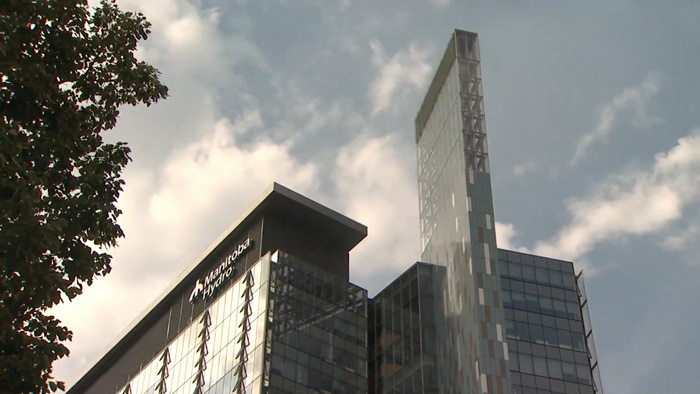Manitoba Hydro has advised the Public Utilities Board (PUB) it will update its multi-year General Rate Application (GRA) with the PUB and reduce its requested electricity rate increase to two per cent in each of the fiscal years 2023-24 and 2024-25.
The Crown utility had initially asked for 3.5 per cent in each of the next two fiscal years. Manitoba Hydro is still requesting confirmation of the interim 3.6 per cent rate increase approved by the PUB that took effect in January 2022 to help counter the effects of last year’s drought. The utility experienced a $248 million loss last year while this year it’s projecting a net income of $559 million – a swing of $807 million.
Manitoba Hydro President and CEO Jay Grewal said the significantly lower rate request is due to the Manitoba government’s decision last week to reduce what it collects from Manitoba Hydro annually in provincial debt guarantee and water rental payments. It’s estimated Manitoba Hydro will save approximately $190 million in the 2022-23 fiscal year.
Because the savings from the reduced payments to government are compounding, or grow over time, Manitoba Hydro now forecasts annual rate increases of only two per cent for the next 19 years, starting in the 2023-24 fiscal year, as part of its long-term financial trajectory.
“The reduction announced by the government will help keep rates low for customers, and that’s great news when we know many customers are struggling with the cost of living,” Grewal said. “It also gives Manitoba Hydro the ability to start to reduce our debt while making investments in our system so our customers get the service they demand.
“The reduction also helps ensure that Manitoba Hydro will have the financial resources available to handle risks created by factors out of our control like fluctuating interest rates, prices on the export market and drought like we saw last year.”
For a residential customer without electric heat (using an average of 1,000 kilowatt-hours (kWh) per month), the average impact of the lower two per cent increase is approximately $2 per month after September 1, 2023, and a further increase of approximately $2 per month after April 1, 2024.
For a residential customer with electric heat (using an average of 2,000 kilowatt-hours (kWh) per month), the average impact is approximately $4 per month after September 1, 2023, and further bill increase of approximately $4 per month after April 1, 2024.
Finance Minister Cameron Friesen, the provincial minister responsible for Manitoba Hydro, announced last week the government would reduce by half the annual payments made by Manitoba Hydro in the provincial debt guarantee and water rental fees, to see those funds go to debt reduction. Manitoba Hydro’s debt is $24 billion and until now, approximately 40 cents of every dollar customers pay to the utility went to cover just the interest cost on that debt.
The minister said it is anticipated that applying the savings to debt will save Manitoba Hydro and ratepayers $4 billion in accumulated debt over the next 20 years.
“We know customers want greater certainty of any future rate increases so they can budget for their energy costs,” Grewal said. “Starting to reduce the debt now will begin reducing annual interest costs, providing savings for customers in the long-term as the need for higher rate increases is reduced.
“Regular, predictable rate increases also help Manitoba keep pace with reinvesting in the system, such as replacing old wood poles to retrofitting older generating stations to enhance their power production and efficiency,” Grewal said. “We’ll also be in a better position to meet the needs of our province in the future as we see increased electrification, resulting in the need for new generation and transmission, coupled with improvements to our distribution system and technology enhancements, all with the goal of serving our customers better.”
Grewal also said the reduction of payments confirms Manitoba Hydro’s reputation as having some of the lowest electric rates in North America. In Canada, Manitoba Hydro has the lowest electricity rates after Quebec.


